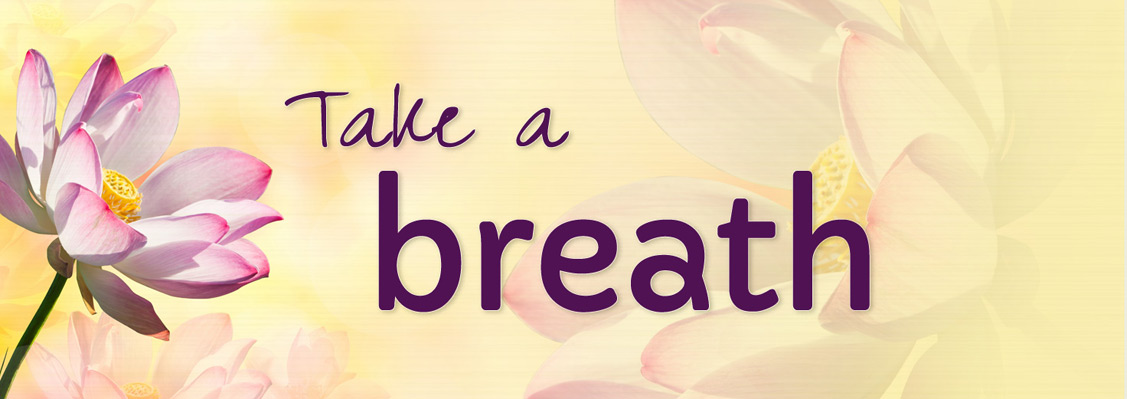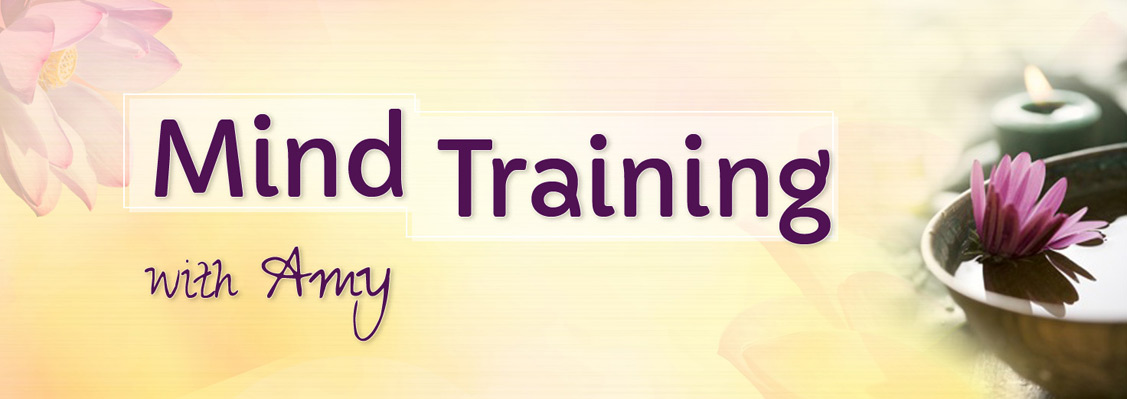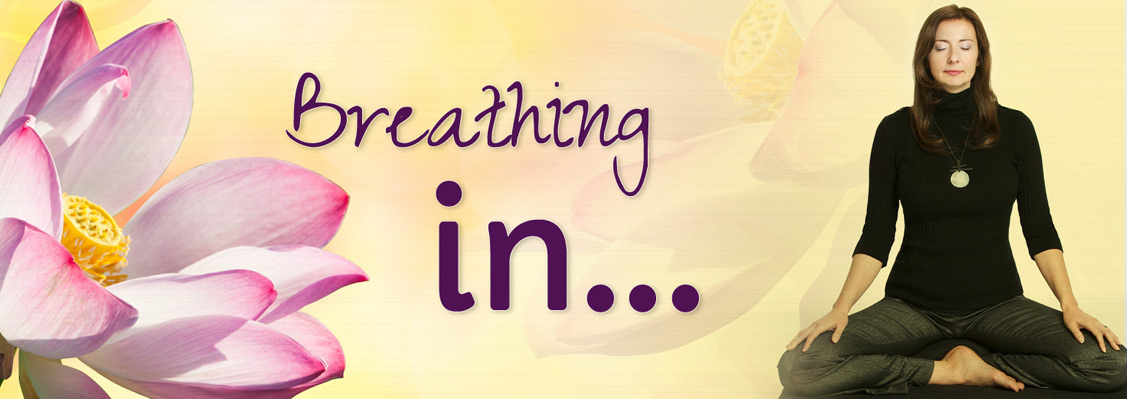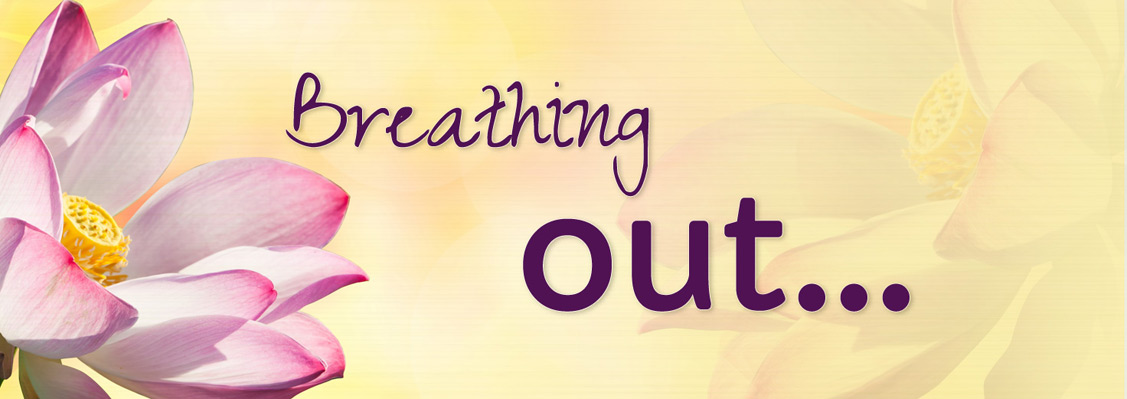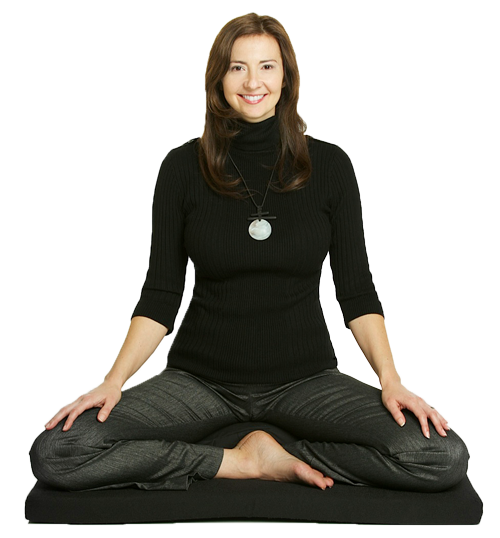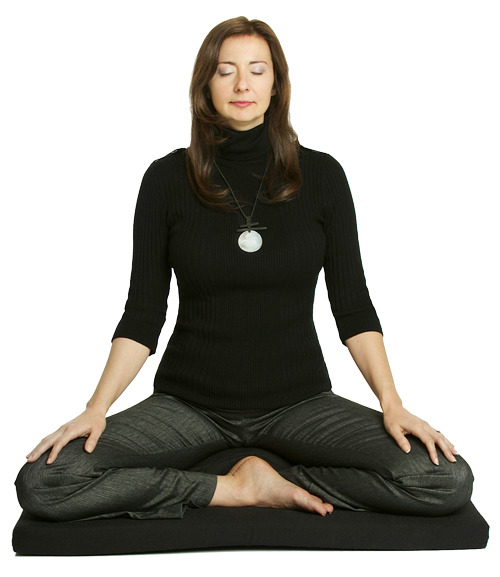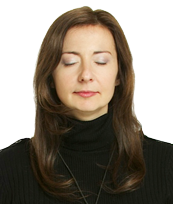Both our outer body posture and our inner attitude are important in Mind Training.
|
This was the first posture I was taught when I initially started to learn how to meditate. Here are some of the instructions that I have found helpful. Allow the body to be upright, so that the breathing can flow freely. Wear clothing that is not restrictive. Imagine stacking each of the vertebrae on top of one another or alternately imagine a golden thread coming out from the top of the head. Sit with dignity and grace.
Eyes can be open or closed. Eyes Closed: If you feel comfortable close the eyes gently. Eyes Open: For some people they have a lot of visual images that pop into the mind, that can at times be distressing. If you find this happens to you, simply open your eyes and have your eyes slightly downcast at a 45 degree angle. Allow your gaze to rest softly on an space in front of you. Blink normally. Do not stare...it is a soft, gentle gaze.
In the Mind Training classes we typically sit on a chair to practice. Feel free to do this, find a chair that is comfortable and supportive. Allow the body to be upright. Head and neck balanced. Ensure that the head is not tipped too far forward or too far backward. Ensure that feet are placed in such a way to support you, and so that there is not strain on the lower back. If needed add a pillow under the feet.
Another posture for Mind Training is lying down. This can be very relaxing. If you are assuming this posture...be careful about falling asleep. Sometimes we require sleep and may not be getting enough sleep. Other times we can use sleep as an escape or avoidance. Use your wisdom to discern which this is and if you are unsure connect with your therapist or physician. If you are lying down and you feel sleepy and don't wish to fall asleep...then here are a few tips...practice for periods of time with your eyes open or raise one of your hands with your elbow resting on the floor. If the hand starts to fall to the side, you may also be starting to fall asleep. If you are really sleepy, it may be wiser to sit in a chair. If you are lying down and you fall asleep, this is fine. However, ensure that you don't consistently use this practice in this way. Ensure that you are spending at least an equal amount of time cultivating alertness, doing this practice during the day and in a sitting posture. |
|
“Greet each moment and inner visitor honestly, openly and kindly. " - Kittisaro |






